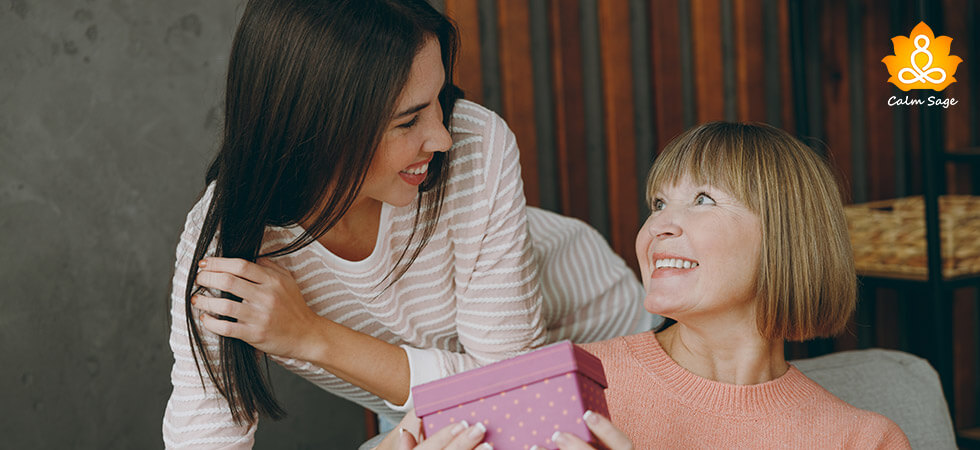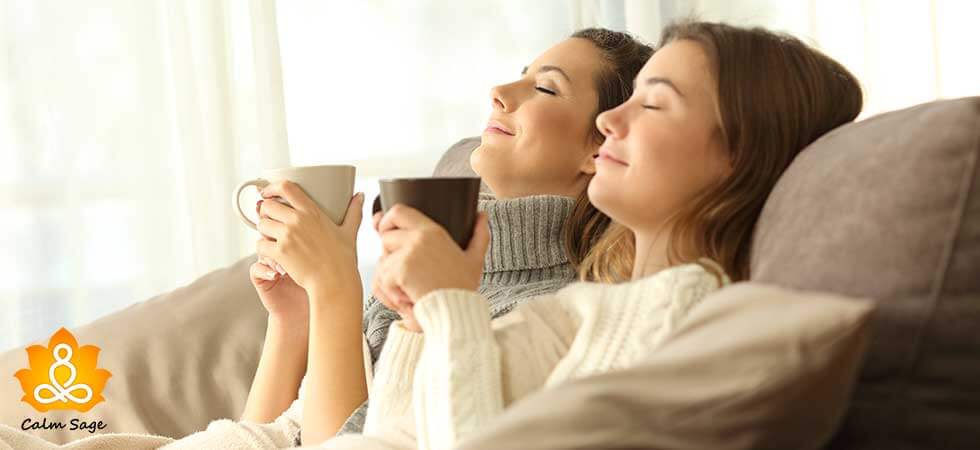Self-Care & Relaxation Techniques For OCD

It is normal to worry about checking the stove before you leave home. And it’s normal to worry about locking your door. But these kinds of things don’t actually make your daily life difficult, do they? Whenever I leave home I ask myself at least twice if I had actually locked the door or not. Sometimes I even go back and check until I’m satisfied.
These things, these obsessions don’t interfere with my daily routine. But there are people I know who are constantly obsessing over things that disrupt their life and impacts their relationships at home and at work.
Obsessive-compulsive disorder is a mental health condition that causes people to obsess over unwelcome thoughts, urges, or images which then makes compels them to repeat certain activities or rituals until they reduce their anxiety. For instance, if someone is worrying over walking up and down the stairs then they may be compelled to repeat a pattern of numbers under their breath when they perform the activity.
The symptoms of OCD can be:
Obsessions
- Fear of contamination
- Recurring aggressive thoughts and urges
- Thoughts of arranging things in a symmetrical order
Compulsion
- Excessive hand-washing or cleaning
- Categorize things in a particular way
- Often checking locks on doors, light switches, etc.
- Compulsive counting
Many people with OCD may have repetitive movements such as twitching, grunting, head jerking, etc.
While there are many treatment options available like talk therapy, cognitive-behavioral therapy (CBT), exposure therapy, etc. to treat people with OCD, there are some self-help techniques that can help control and manage the obsessions and compulsions.
Obsessive-compulsive disorder can manifest in different ways and anything can trigger it. Stress and anxiety are the most common triggers. With the help of some self-care tips and relaxation techniques, people with obsessive-compulsive disorders can feel better about themselves and their disorder.
Self-Care & Relaxations Techniques
1. Deep Breathing
Deep breathing is one of the easiest and most effective ways to control the urge to do something about your obsessive thoughts and urges. This exercise helps a person to feel relaxed and reduce stress or anxiety. To practice this technique, you need to sit in a comfortable position in a quiet place with one hand on your chest and the other on your stomach.
Closing your eyes isn’t essential but if you feel comfortable doing so – go ahead. This practice is to make you focus on your breathing so take a deep breath through your nose and while breathing in make sure you expand your stomach. You’ll notice that while doing this the hand on your chest is still unlike the hand on your stomach.
Breathe in through your nose and exhale through your mouth with your lips pursed. Keep your hand on your stomach the whole time. You’ll start to feel relaxed after a couple of minutes so keep going for 10-20 minutes until your muscles relax and your body feels light.
2. Mindfulness
Once you’ve got a hold of deep breathing, you can try your hand at mindfulness meditation. This practice is focused on noticing thoughts without pushing them away. By doing this, you become more aware of your thoughts and learn how to detach yourself from them.
If you’re struggling with OCD, then you may experience anxiety in the beginning but with time and practice, you’ll be able to manage the anxiety and your thoughts. To practice this technique, start by breathing deep and pay attention to your thoughts, anxiety, and worries as they appear in your mind.
All you have to do is notice these worries without pushing them aside. Observe what happens when you don’t pay attention to them. The goal is to focus and ground yourself back in the present and not let these unwelcome thoughts affect your state of mind. Keep your focus on your breathing to ground yourself.
3. Progressive-Muscle Relaxation
Progressive-muscle relaxation (PMR) can be combined with deep breathing exercises to help control your obsessive-compulsive tendencies. PMR can help identify tension in your muscles and relax them.
To practice PMR, sit in a comfortable position in a quiet room and start by breathing deeply through your nose and exhaling through your mouth. During the inhale, clench your muscles in your face. Hold this position for 10-20 seconds and on your exhale, relax the muscles. Repeat this process a few more times and eventually move on to your arms, shoulders, back, stomach, legs, and other body parts.
Repeat; inhale → tense your muscles → exhale → relax your muscles.
4. Aromatherapy
The goal of employing relaxation techniques for OCD is to relax and focus on your thoughts and urges. Make note of them and eventually try to change them into healthy ones. Aromatherapy has been proven to help reduce anxiety and stress in people with mental health disorders, social anxiety disorders, and other psychological disorders. Using essential oils with other treatment options can help manage symptoms of OCD.
Aromatherapy can be done with the help of oil diffusers, lotions, inhalers, face-masks, and steamers. Essential oils help reduce anxiety, reduce nervousness, reduce stress, promote calm, and helps in relaxation.
Some of the essential oils that work with me and my anxiety are:
- Chamomile oil
- Rosemary oil
- Lavender oil
- Geranium oil
- Frankincense oil
- Ylang-ylang oil
Final Words
OCD isn’t just about keeping a place clean and neat. It can cause disruptions in a person’s daily life and it can make living a little difficult. With the help of proper treatment, this disorder is manageable and can even be treated. If you are not comfortable with other treatment options or if you think that employing some self-help tips in addition to your therapy treatment can help then do these exercises.
It’s normal to have OCD and it’s okay to seek professional help too if self-help tips fail to help you. It can be a little tough in the beginning but you shouldn’t give up hope. You are strong, brave, and enough. Your disorder doesn’t define you. Take your time and don’t rush in order to get better.
“Telling someone with OCD to stop obsessing about something is like telling someone who’s having an asthma attack to just breathe normally.” – Tamara Ireland Stone
Breathe in. Breathe out.





















These are the best techniques and it will definitely beneficial must read.
Deep Breathing is the best relaxation technique